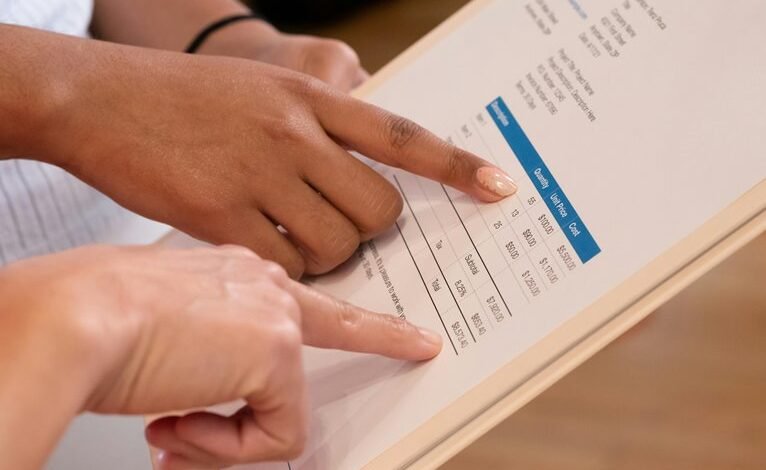Caller Tracking Protection Verification Service Watch Report 3884843725 3517186707 3770908172 3533109899 3288576771 3516187336

The Caller Tracking Protection Verification Service Watch Report provides a critical examination of six specific phone numbers, revealing concerning trends in privacy risks and potential fraud. Each number was scrutinized for patterns that could indicate scams, emphasizing the necessity of caller tracking systems. As telecommunications threats evolve, understanding these findings is essential for consumer protection. The implications of this analysis raise questions about the effectiveness of current security measures and the steps that can be taken to enhance personal safety.
Overview of Caller Tracking Protection Services
Caller tracking protection services are designed to enhance user privacy by preventing unauthorized access to call data, which can include information such as call duration, timestamps, and caller identity.
These services address increasing privacy concerns related to caller identification, allowing individuals to maintain control over their personal information.
Analysis of Phone Numbers Under Review
The analysis of phone numbers under review serves as a critical component in the framework of caller tracking protection services.
This process entails systematic phone number analysis, enabling accurate call attribution to identify potential threats.
Trends in Phone Fraud and Scams
How have recent advancements in technology influenced trends in phone fraud and scams?
The evolution of communication tools has significantly increased the sophistication of fraudulent schemes. Enhanced data analytics enables scammers to target individuals more effectively, heightening the need for robust fraud prevention measures.
Consequently, scam awareness has become crucial, as consumers must remain vigilant against increasingly deceptive tactics that exploit technological vulnerabilities.
Enhancing Personal Security Against Unwanted Calls
Numerous strategies exist for individuals seeking to enhance their personal security against unwanted calls.
Implementing call-blocking applications and utilizing built-in smartphone features can effectively block unwanted communications.
Additionally, adopting secure communication practices, such as verifying caller identities, further mitigates risk.
These measures empower users to reclaim control over their devices, ensuring a safer, more private communication environment free from intrusive solicitations.
Conclusion
In conclusion, the Caller Tracking Protection Verification Service Watch Report underscores the critical need for vigilance in an age of escalating telecommunication threats. By identifying patterns of fraud and enhancing consumer awareness, it empowers individuals to defend against unwanted calls, safeguard personal information, and mitigate risks. As technology evolves, so too must our strategies for protection; thus, proactive measures, informed decisions, and continuous monitoring remain essential in navigating the complex landscape of phone-based scams.




